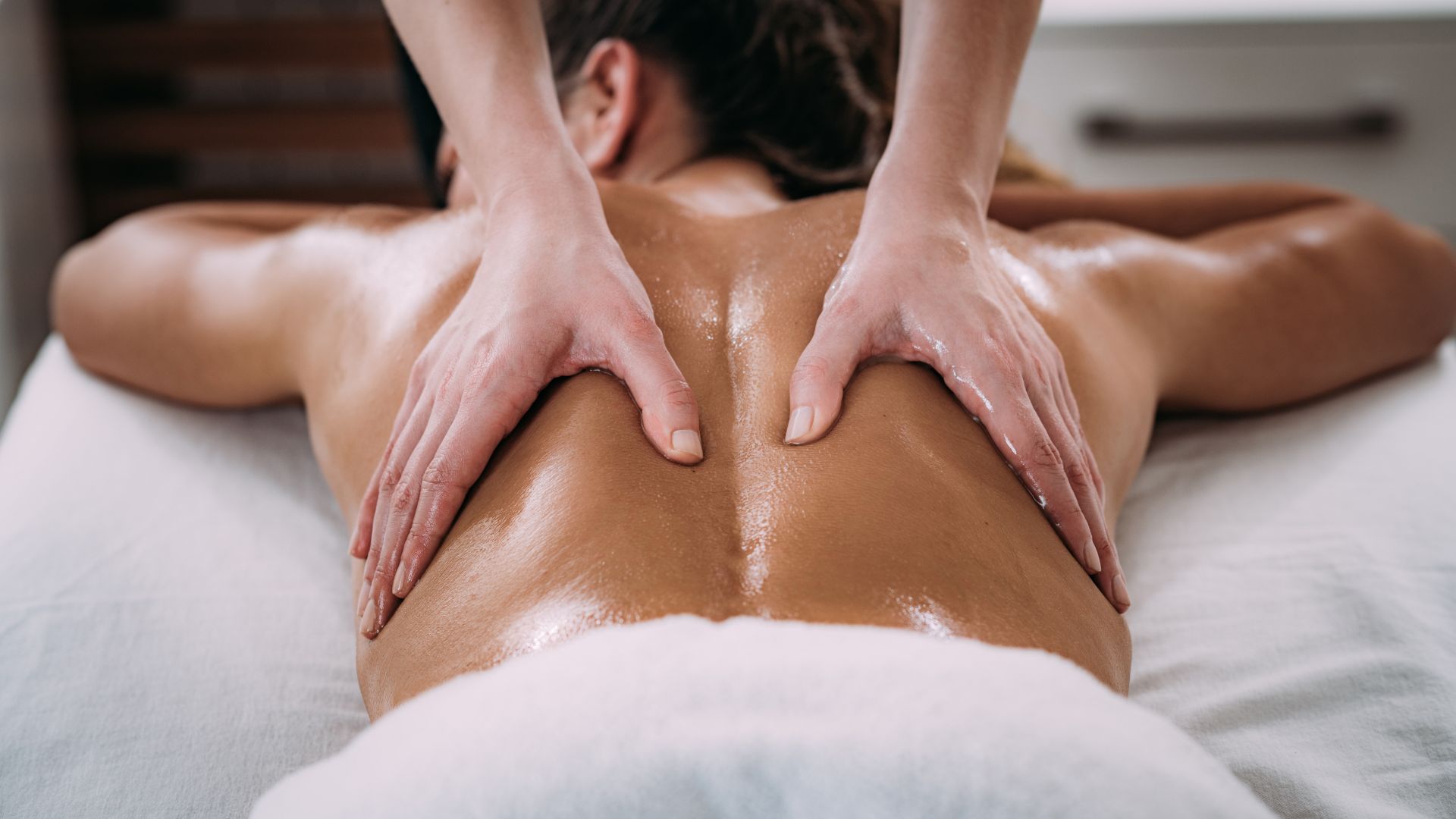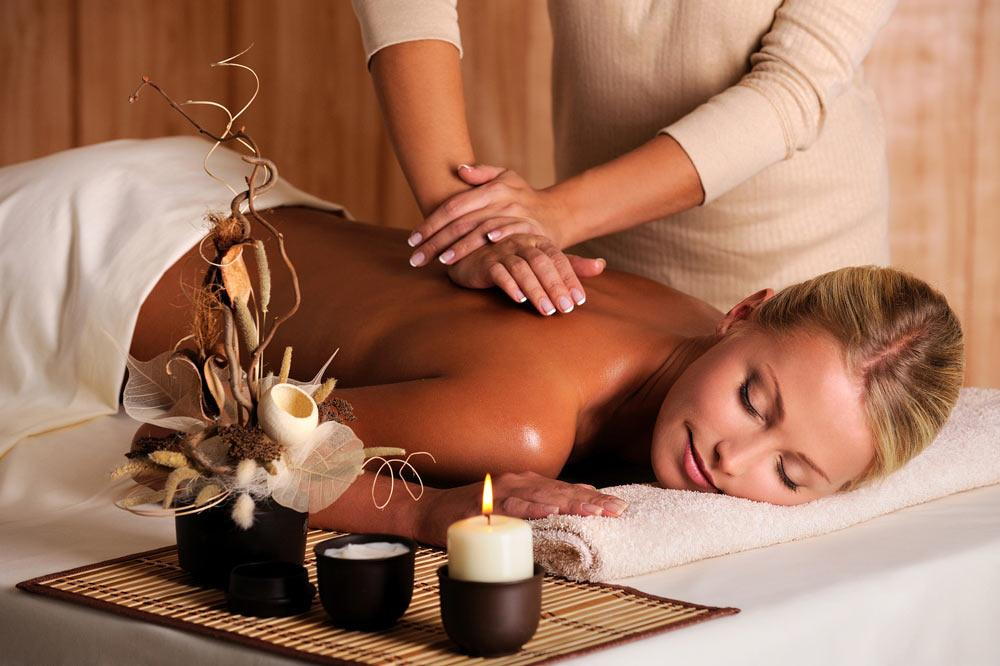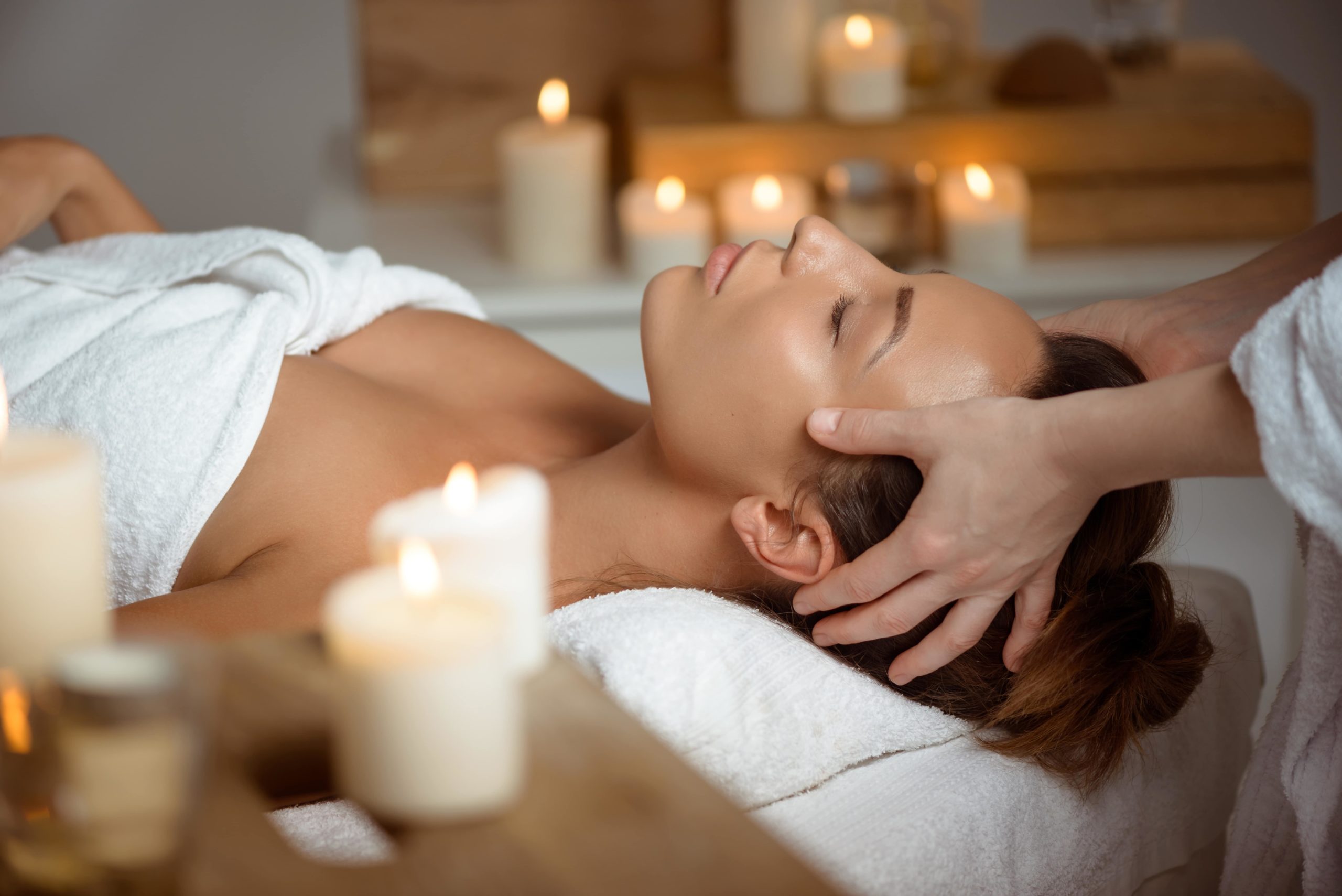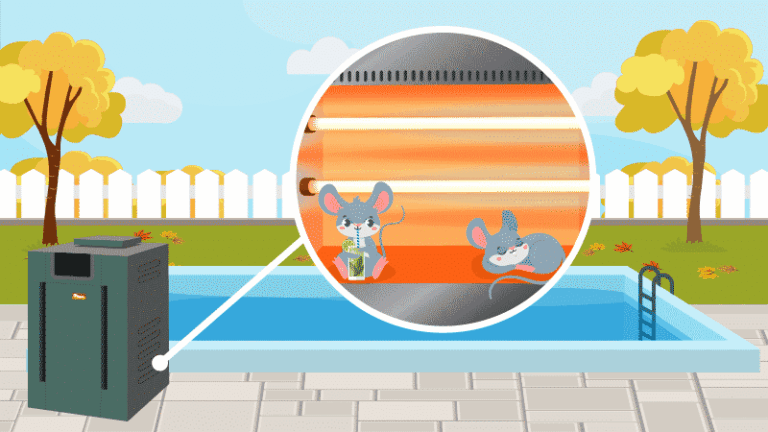Swedish massage is a popular technique in the world of massage therapy, known for its ability to relax both the body and mind. What sets Swedish massage apart from other massage techniques is its unique combination of long, flowing strokes, kneading, and tapping movements.
The goal of Swedish massage is to improve circulation, promote relaxation, and release tension trapped in the muscles. By targeting both the superficial and deeper layers of muscles, Swedish massage can help alleviate pain, reduce stress, and improve overall well-being.
In comparison to other massage techniques, Swedish massage is often seen as a gentler and more soothing option, making it a favorite among those seeking a calming and rejuvenating experience.
Origins and History of Swedish Massage
 The origins and history of Swedish massage can be traced back to the 19th century when Swedish physiologist Per Henrik Ling developed the technique as part of his system of medical gymnastics. Drawing inspiration from Chinese, Egyptian, Greek, and Roman traditions, Ling blended various massage techniques to create a distinctive style that focused on promoting relaxation, improving circulation, and relieving muscle tension.
The origins and history of Swedish massage can be traced back to the 19th century when Swedish physiologist Per Henrik Ling developed the technique as part of his system of medical gymnastics. Drawing inspiration from Chinese, Egyptian, Greek, and Roman traditions, Ling blended various massage techniques to create a distinctive style that focused on promoting relaxation, improving circulation, and relieving muscle tension.
Swedish massage gained popularity in Europe and eventually made its way to the United States, where it has become one of the most popular forms of massage therapy today. The gentle yet effective strokes and movements used in Swedish massage have stood the test of time, making it a beloved and widely practiced technique in the world of massage therapy.
Key Principles and Techniques of Swedish Massage
Key principles and techniques of Swedish massage revolve around the use of long, gliding strokes that flow in the direction of the heart to improve blood circulation and promote relaxation. The therapist applies varying pressure levels, from light to firm, to release tension in the muscles and alleviate stress.
Effleurage, petrissage, tapotement, and friction are the four main techniques used during a Swedish massage session. Effleurage involves smooth, continuous strokes, while petrissage involves kneading and squeezing the muscles.
Tapotement consists of rhythmic tapping or pounding motions, and friction involves deep, circular movements to break up muscle knots. These techniques work together to release muscle tension, improve range of motion, and enhance overall well-being.
Benefits and Effects of Swedish Massage
 Swedish massage is known for its plethora of benefits and effects on the body and mind. This type of massage technique focuses on promoting relaxation by using long, flowing strokes to help release tension and stress in the muscles.
Swedish massage is known for its plethora of benefits and effects on the body and mind. This type of massage technique focuses on promoting relaxation by using long, flowing strokes to help release tension and stress in the muscles.
Not only does Swedish massage improve circulation and promote lymphatic drainage, but it also helps to increase flexibility and range of motion. The gentle pressure applied during a Swedish massage can also reduce pain and stiffness, making it a popular choice for those looking to alleviate chronic pain conditions.
Additionally, the soothing and calming effects of Swedish massage can help to improve mood and overall well-being, leaving you feeling refreshed and rejuvenated after a session.
Comparison with Other Popular Massage Styles
 Swedish massage is often compared to other popular massage styles such as deep tissue, sports, and hot stone massages. While deep tissue massage focuses on targeting deeper layers of muscles to release tension, Swedish massage uses a combination of long strokes, kneading, and circular movements to relax the entire body.
Swedish massage is often compared to other popular massage styles such as deep tissue, sports, and hot stone massages. While deep tissue massage focuses on targeting deeper layers of muscles to release tension, Swedish massage uses a combination of long strokes, kneading, and circular movements to relax the entire body.
Sports massage, on the other hand, is specifically designed for athletes to prevent or treat injuries and improve performance, while Swedish massage is more focused on relaxation and stress relief. Hot stone massage involves the use of heated stones to help loosen tight muscles, and while it can be similar to Swedish massage in terms of promoting relaxation, the use of stones sets it apart.
Ultimately, the main difference between Swedish massage and other styles lies in its gentle and soothing approach, making it an ideal choice for those seeking a calming and rejuvenating experience.
Conclusion
In conclusion, Swedish massage stands out among other massage techniques due to its focus on relaxation, manipulation of the muscles through long, flowing strokes, and incorporation of essential oils for added therapeutic benefits. The soothing pressure and rhythmic movements of Swedish massage not only help to relieve tension and improve circulation but also promote overall well-being and a sense of rejuvenation.
Whether seeking relief from stress, muscle soreness, or simply wanting to indulge in a relaxing spa treatment, the 스웨디시 massage is a versatile and effective option that caters to a wide range of needs. Its gentle yet effective approach makes it a popular choice for those looking to unwind and revitalize both the body and mind.







